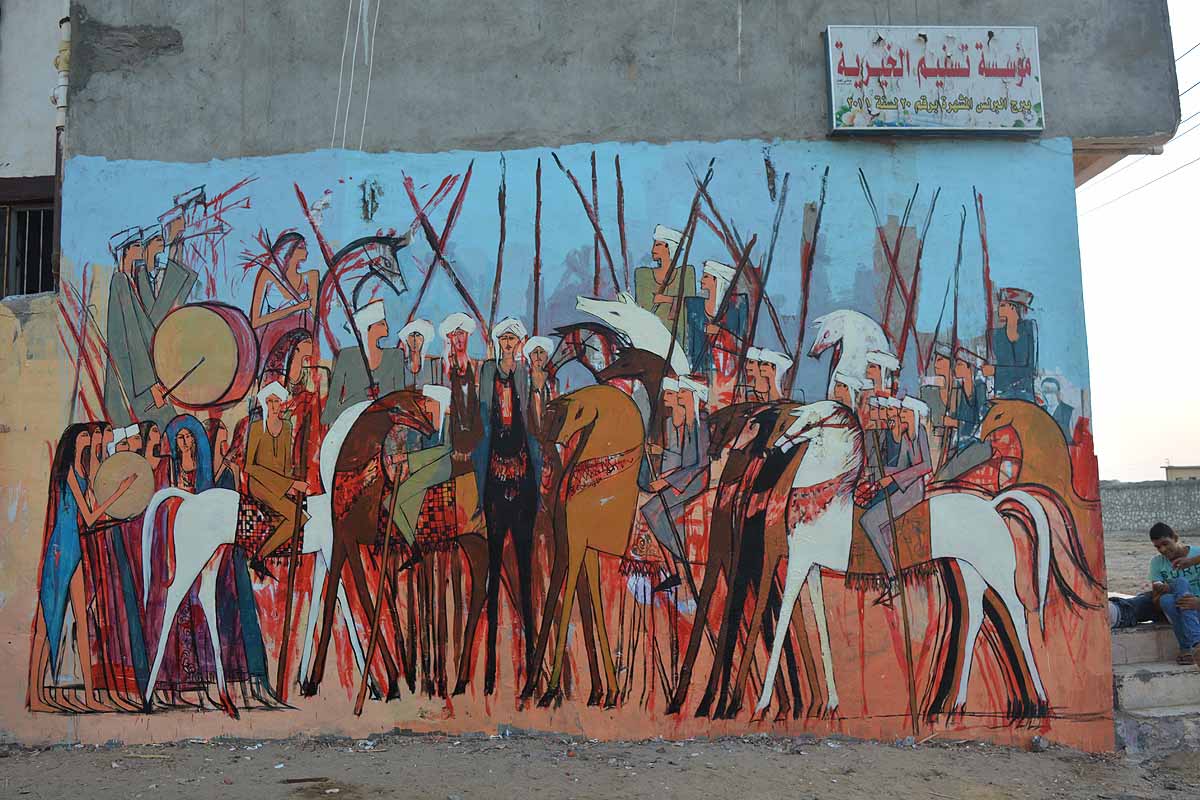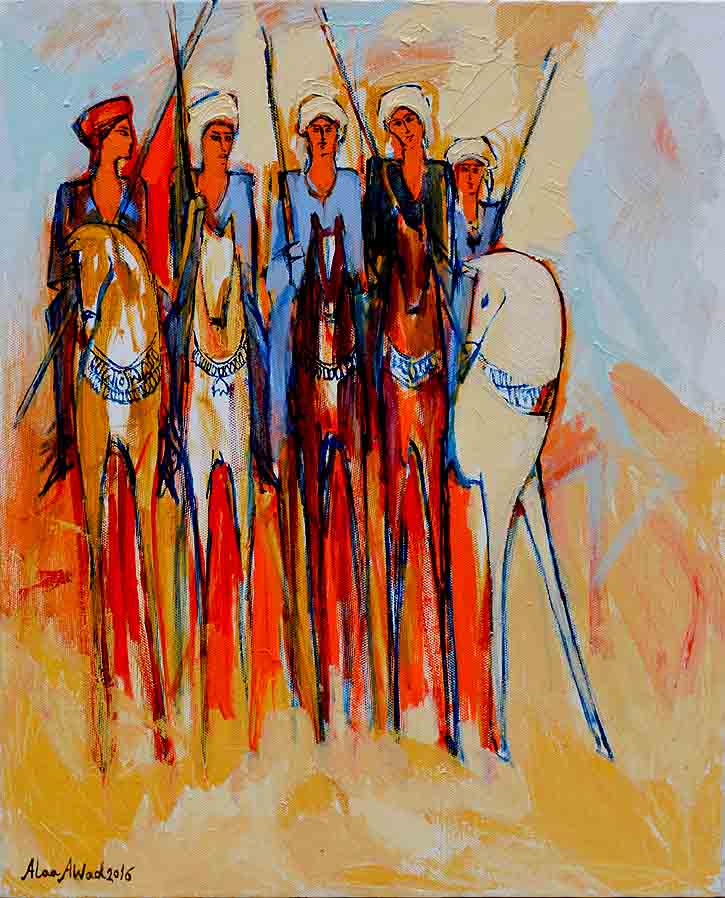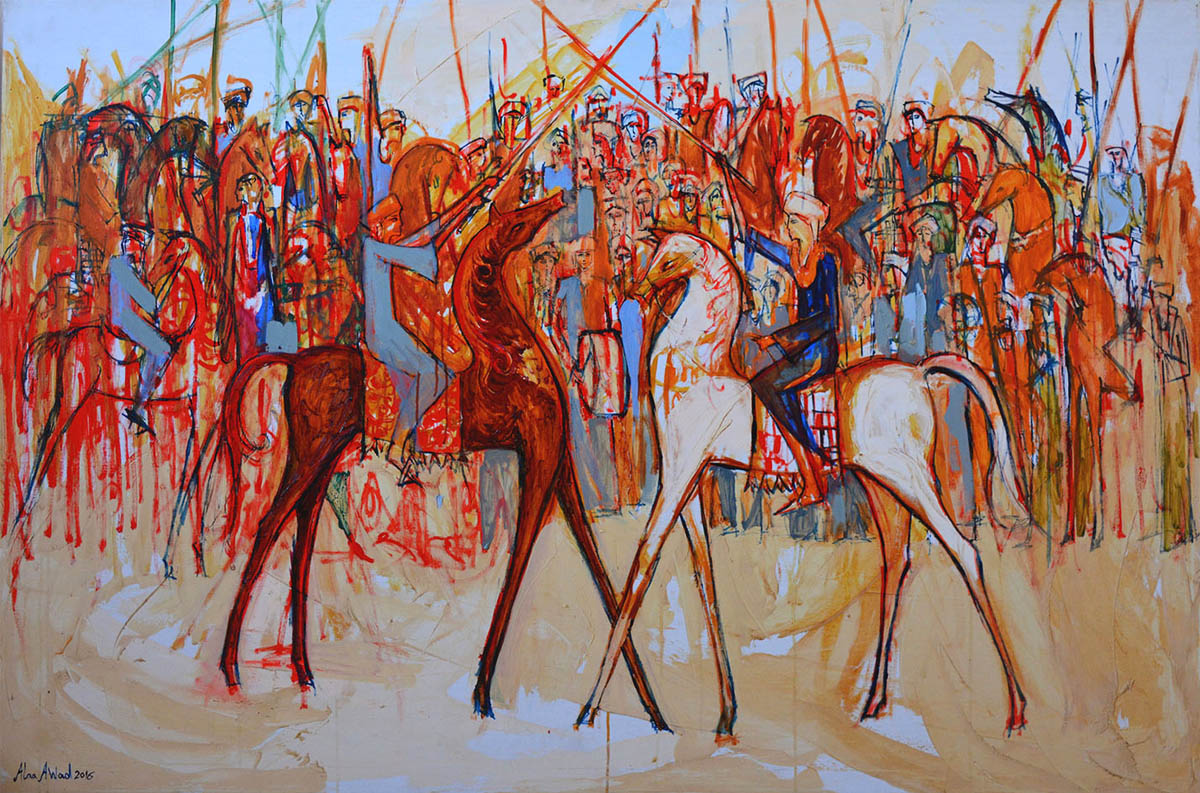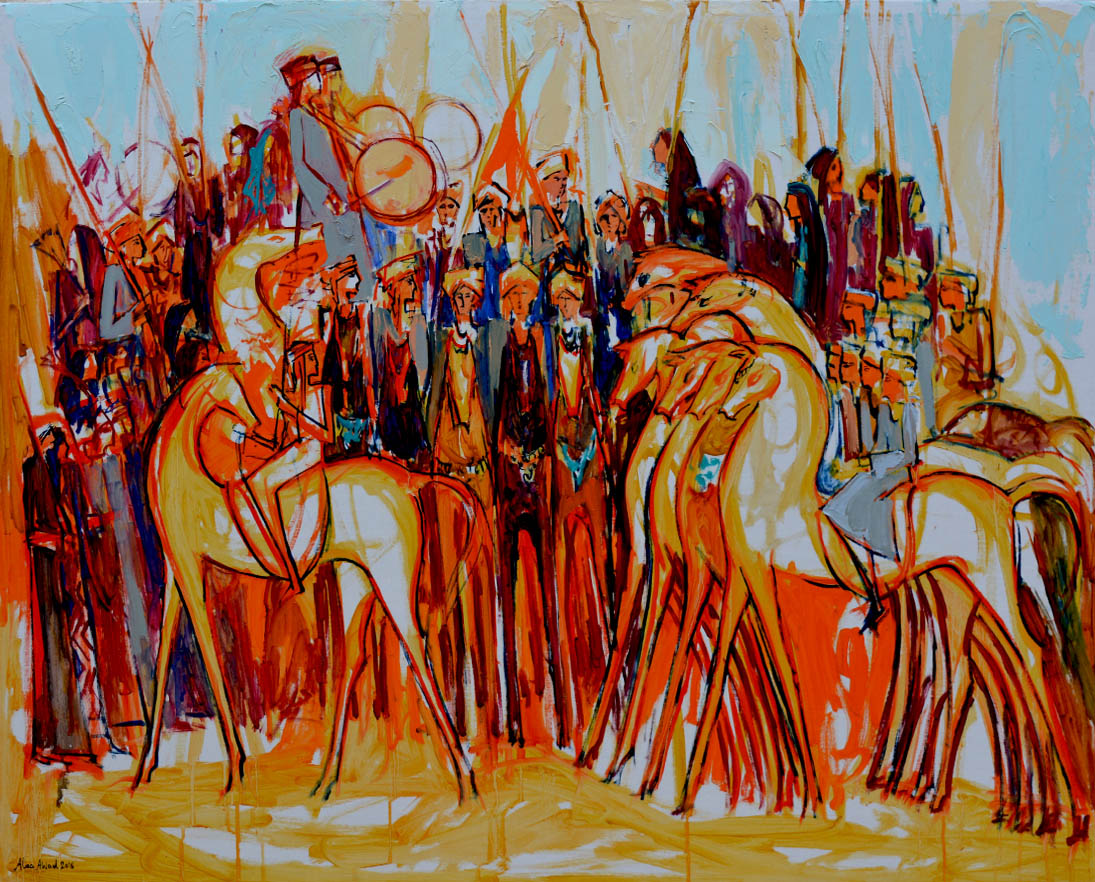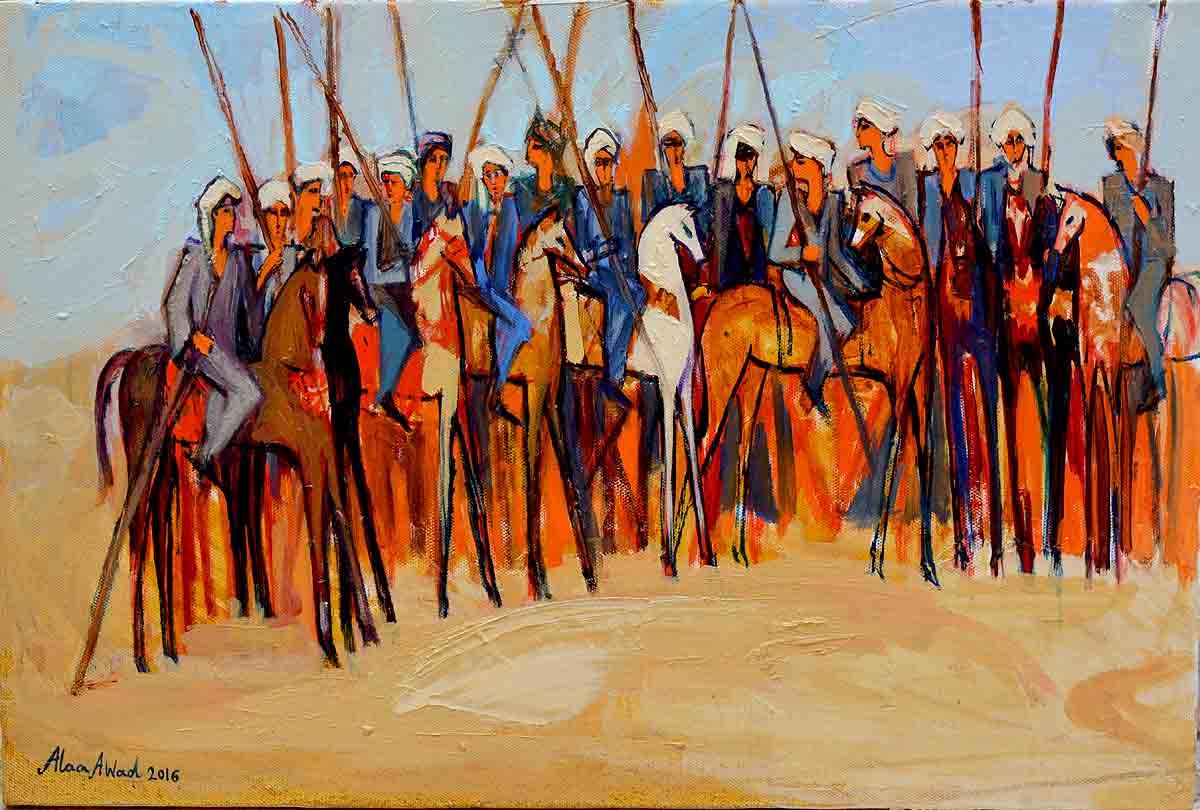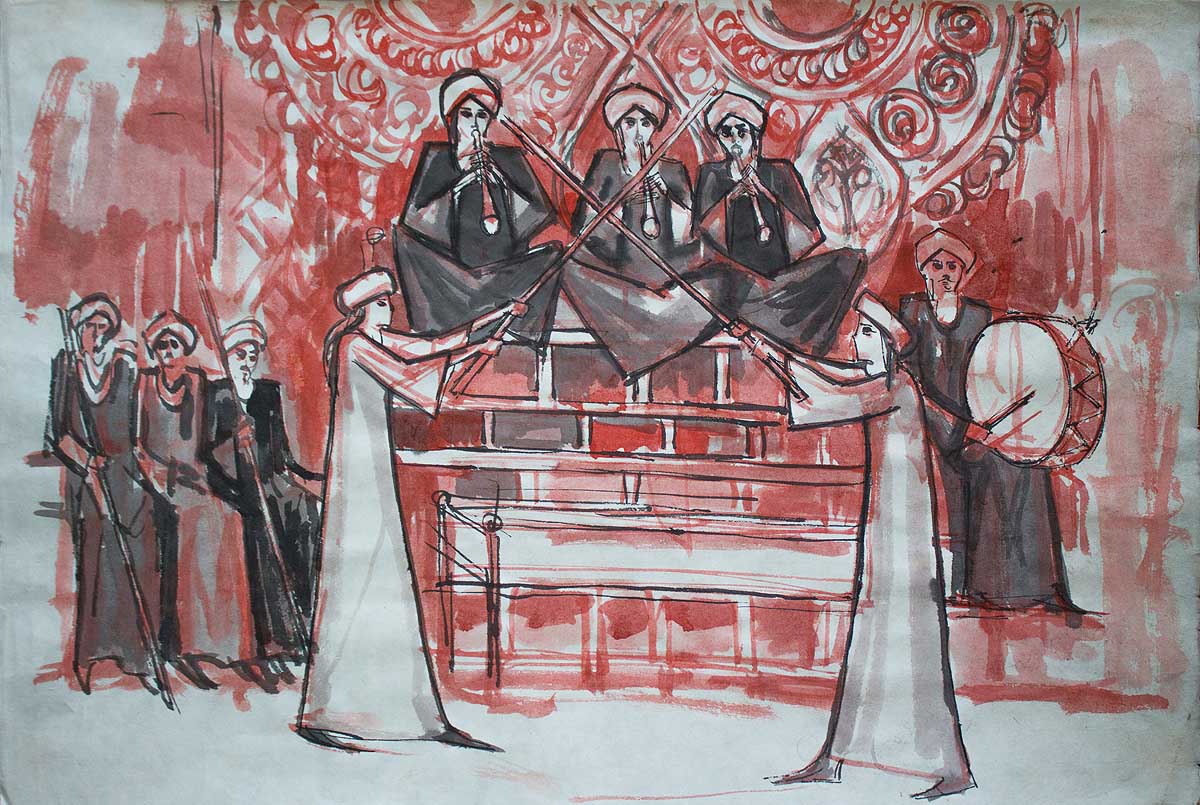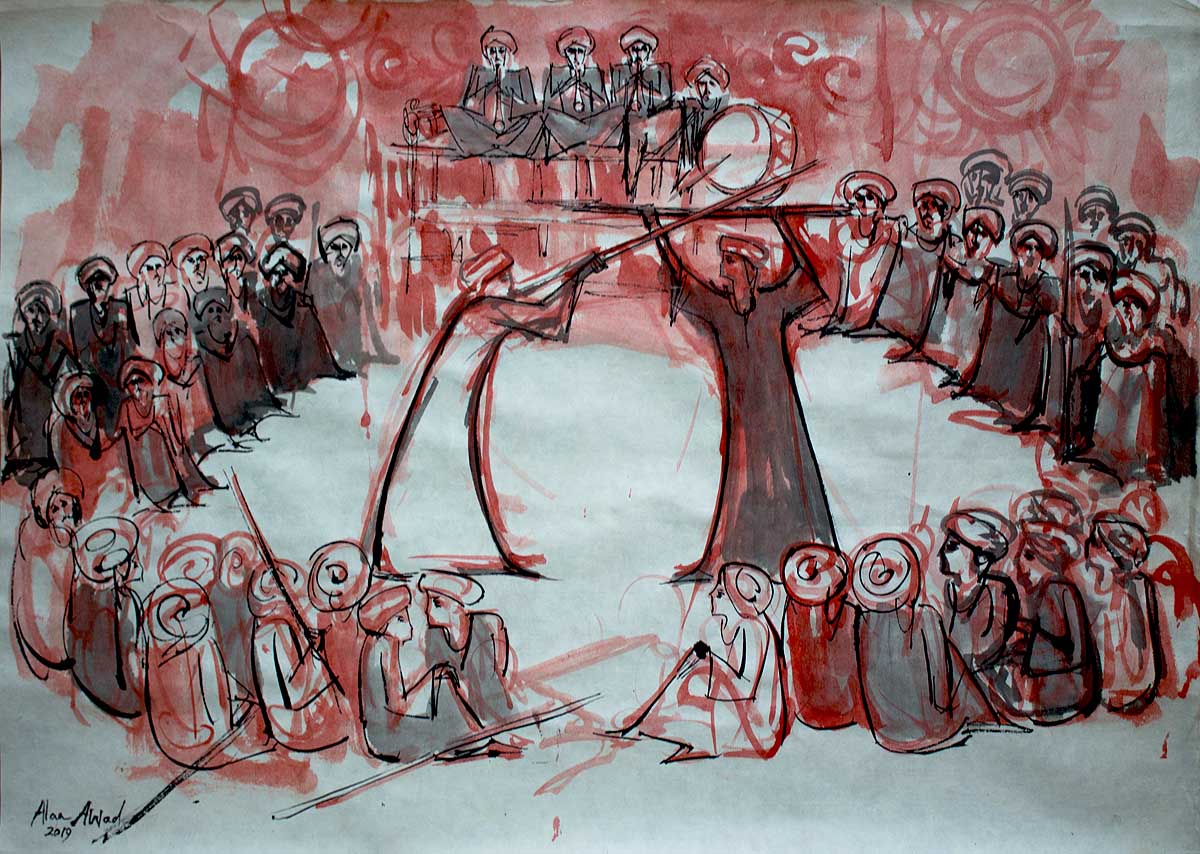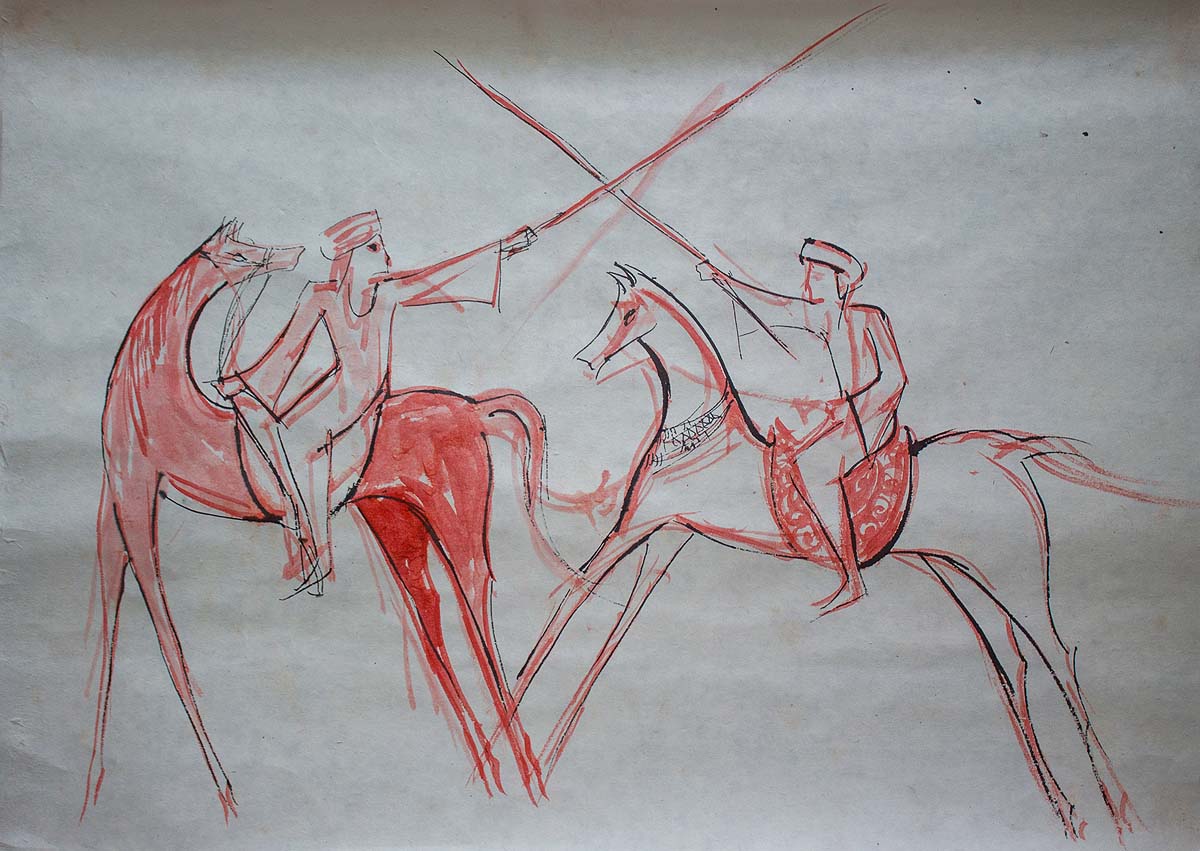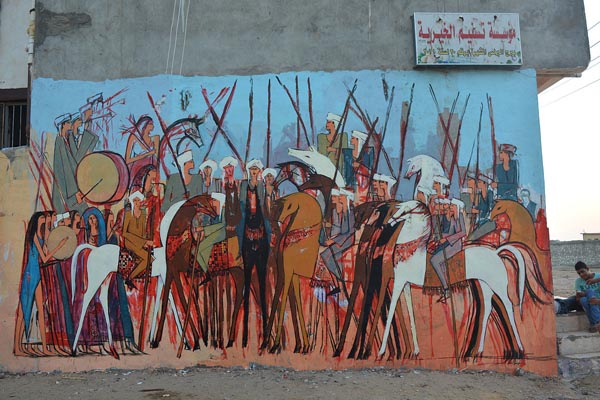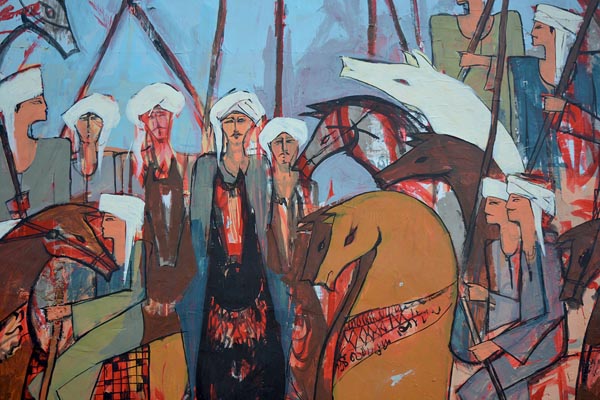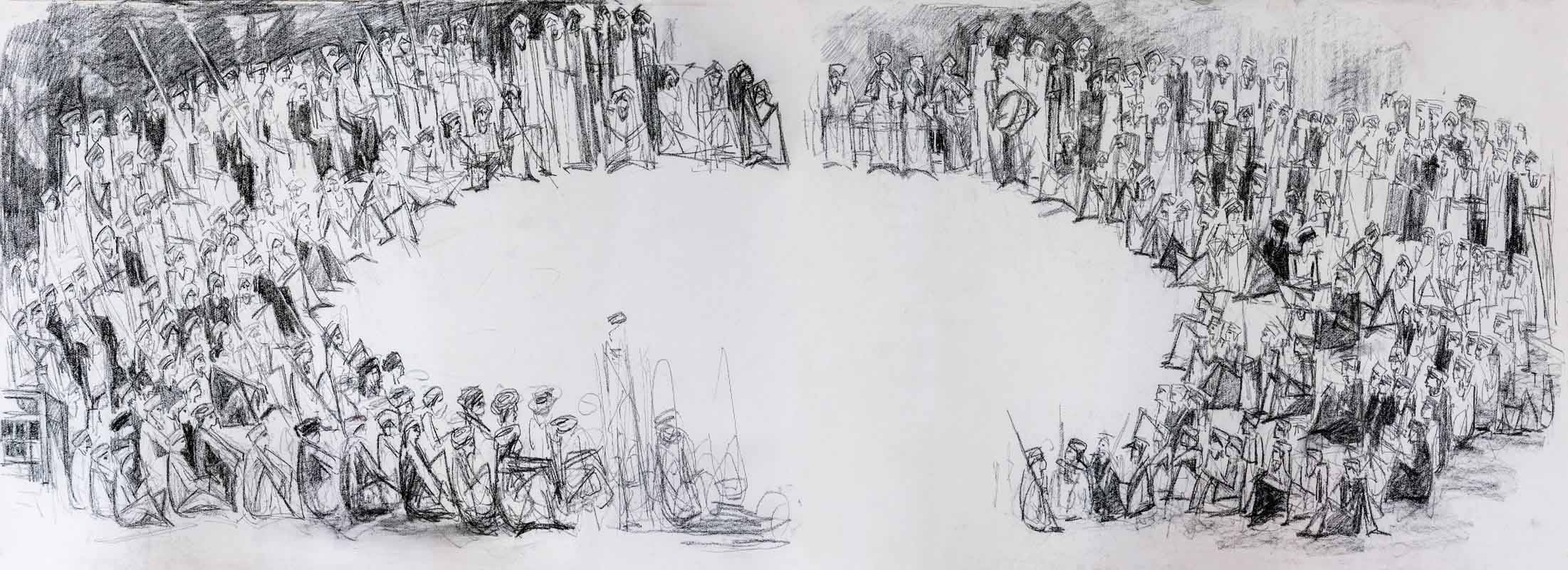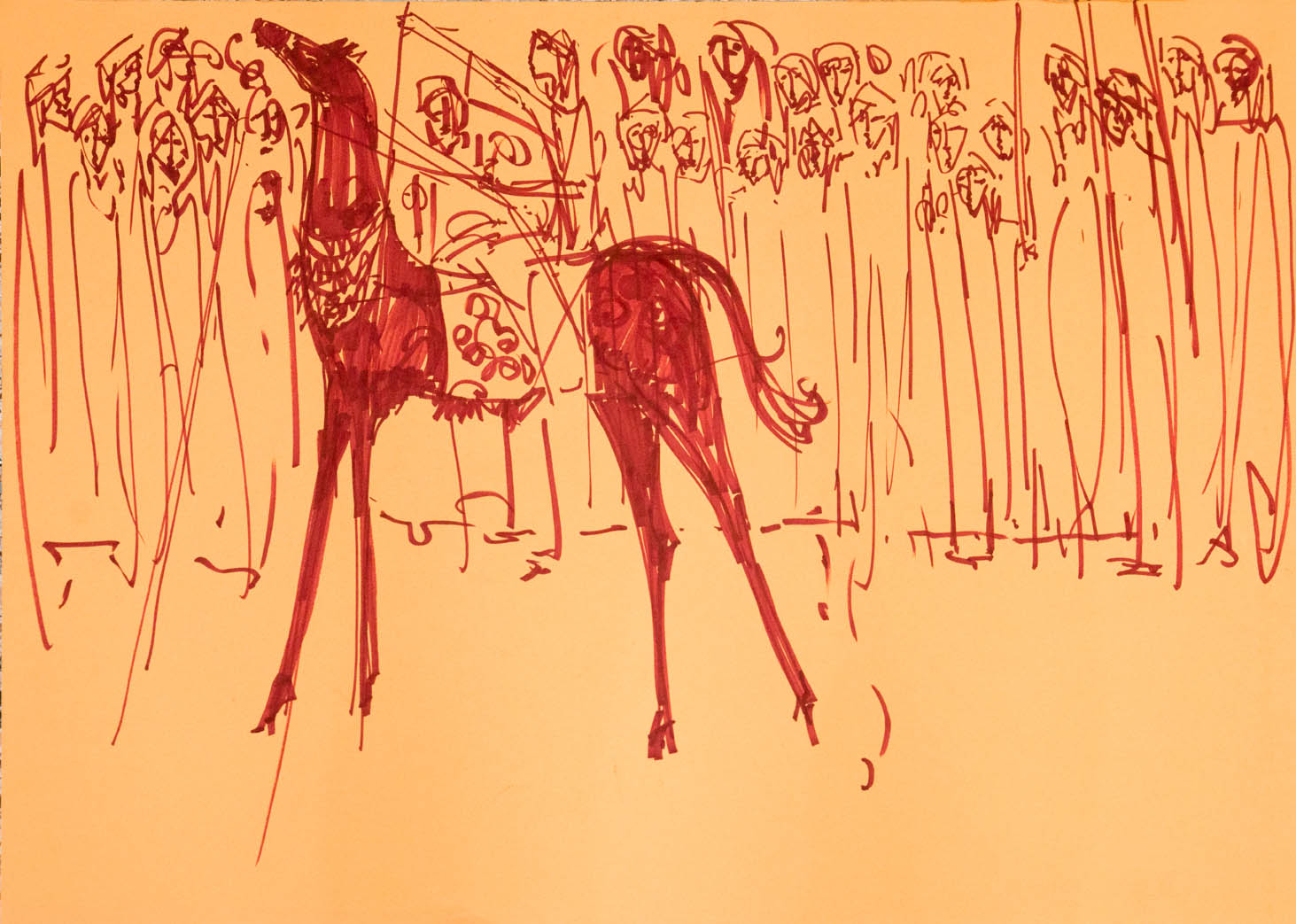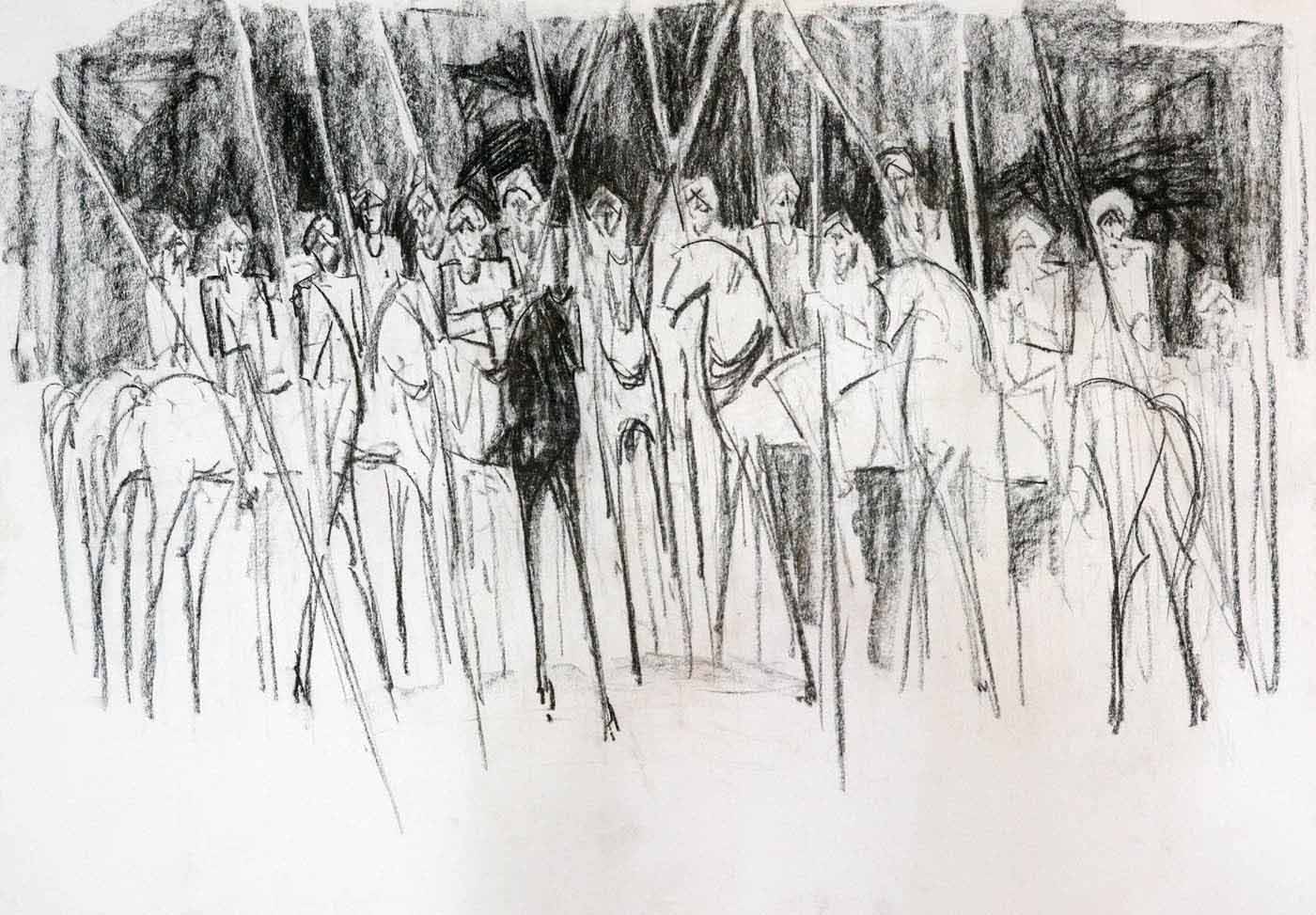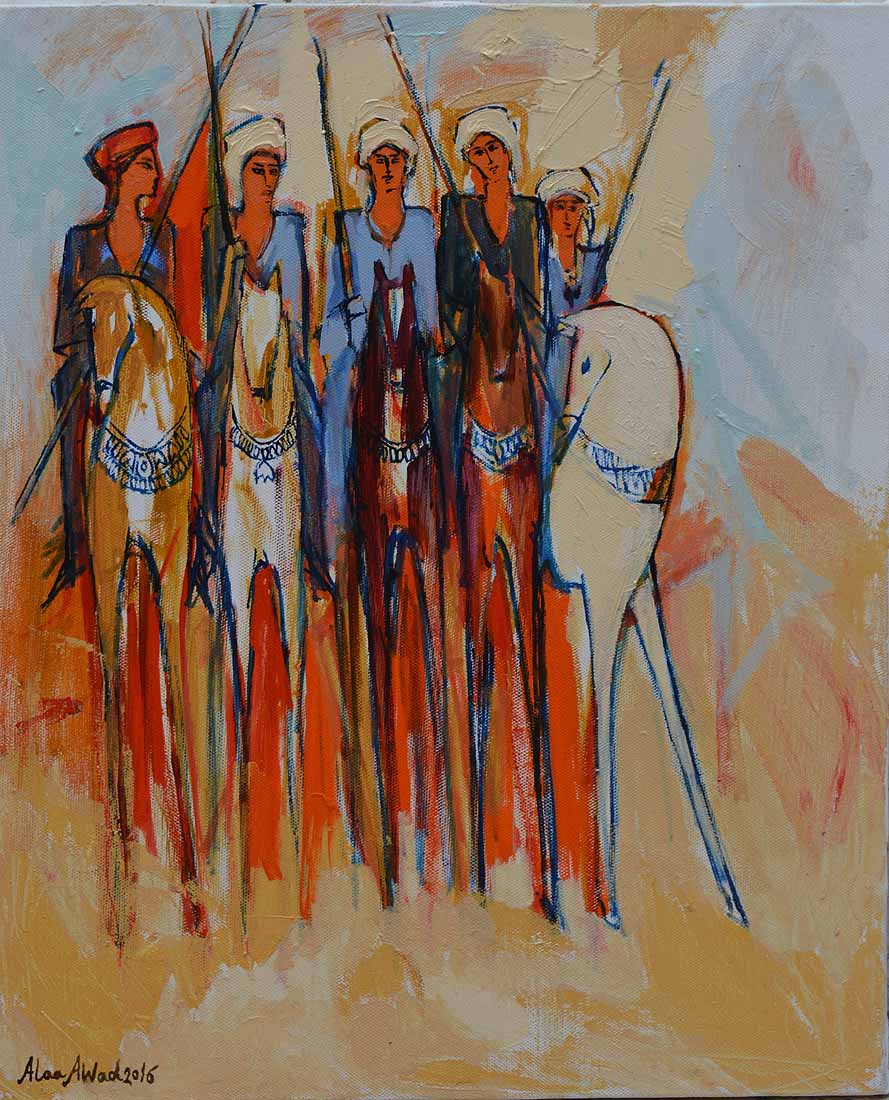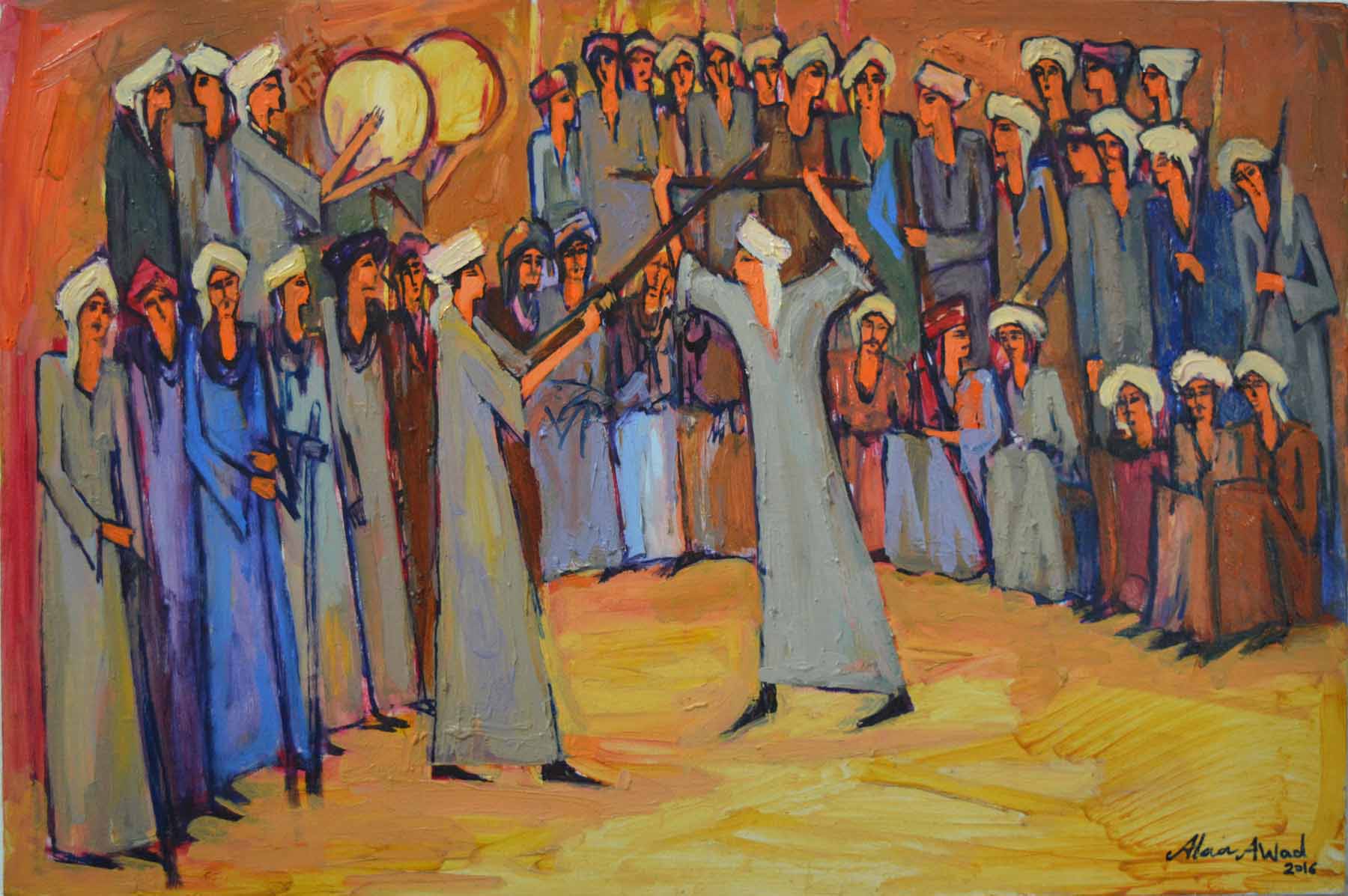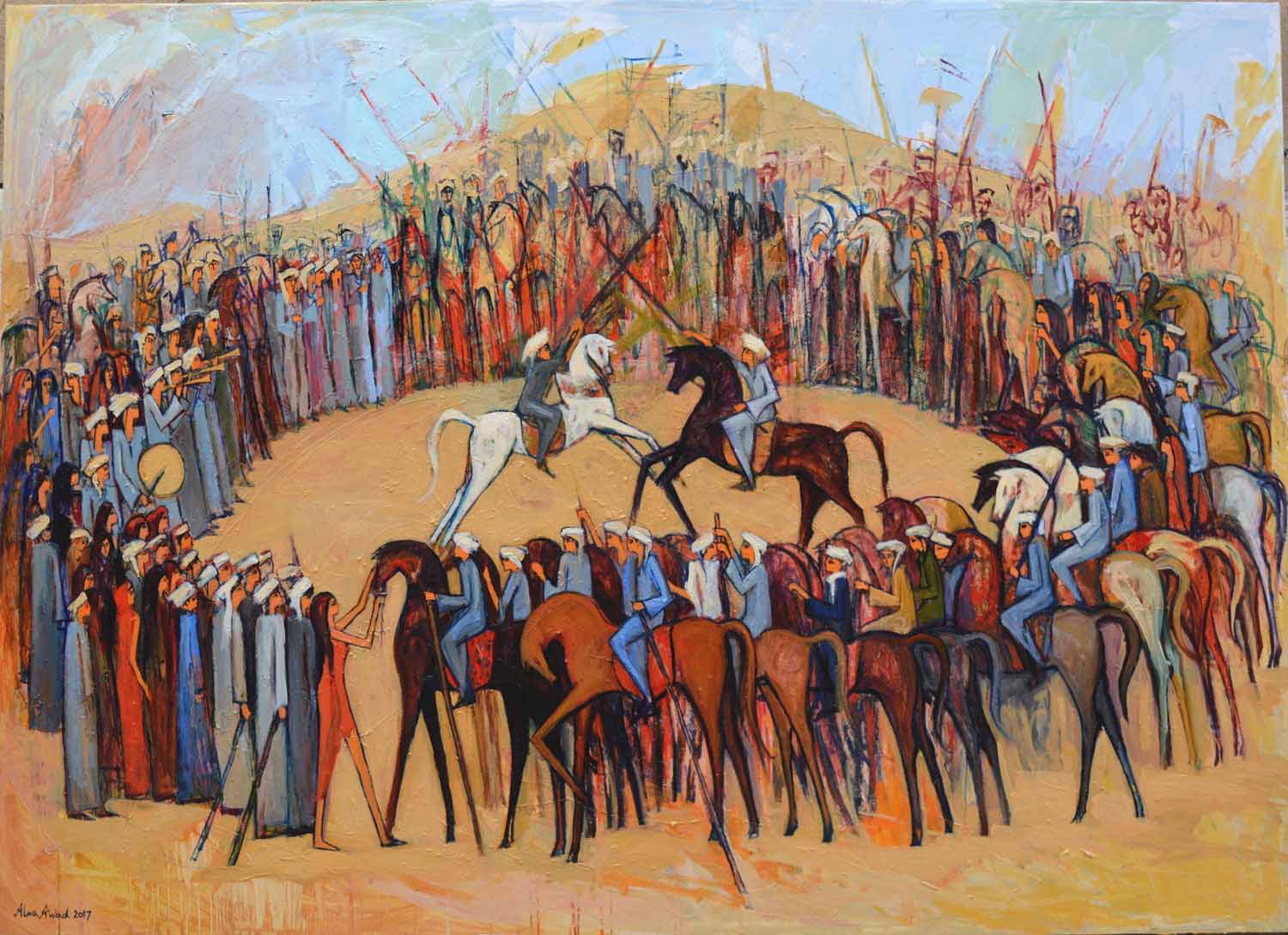
Egyptian culture: Tahtib – تحطيب
تحطيب – Tahtib: The once martial art that turned into a dance
Egypt is known for having a unique heritage of martial arts that people still practice regularly without it being invaded by modernism or abandoned by younger generations; “tahtib” is one of them. Thousands of men in Egypt’s rural areas, especially Upper Egypt, still gather on a weekly basis to show off their abilities in winning friendly fights with sticks.
One of the oldest recorded martial arts, Tahtib (Egyptian Arabic: تحطيب ) is an African Martial Art originating along the Nile River cultures of Egypt and Nubia. This stick-fighting martial art was originally named fan a’nazaha wa-tahtib („the art of being straight and honest through the use of stick“). The original martial version of tahtib later evolved into a various folk dances with wooden sticks; Ra’s el assaya (Egyptian Dance of the Stick) and the African-American Stick Dance respectively. Although it mostly exists as mock combat accompanied by music, there are still combative branches of the martial art surviving today.
التحطيب فن من الفنون القتالية المصرية المستمدة من الأصول الفرعونية القديمة يستخدم فيه العصي الخشبية في المبارزة، صور الفراعنة هذه الرياضة على جدران معابدهم وكانوا يهتمون بتعليمها للجنود.
إذ كان التحطيب أساسا للتدريب على الأسلحة، إلا أنها أخذت في الانزواء والتحول لمجرد رقصة فقط دون الاهتمام بالجانب الرياضي منها، فأصبحت استعراضا يقام في الأفراح في ريف مصر وصعيدها كنوع من التراث الشعبي، وقد سميت بالتحطيب لأنها تلعب بالحطب أو العصي الغليظة.
التحطيب المصري جذور قديمة ومتأصلة في التاريخ فقد بدأ في العصر الفرعوني كطقس من الطقوس المنتظمة التي تؤدى في الأعياد الدينية،
وبدلا من العصي الخشبية كانوا يستخدمون لفافات البردي الكبيرة حتى لا يصاب المتبارين بالأذى وكان اللاعب يستخدم لفافتين بدلا من واحدة بالإضافة للخلفية الموسيقية. ثم جاء تطور التحطيب باختزال اللفافتين إلى واحدة ثم تحويلها إلى عصى بتطور استخداماتها في مجال الدفاع عن النفس..
هذا بجانب اعتبارها طقس لا ينتمي إلى الطقوس الدينية بل إلى العادات الاجتماعية التي تفرض التحطيب في المناسبات السعيدة. ورغم محلية التحطيب، إلا انه كان نبعاً ارتشفت منه كثير من الحضارات مثل الكيندو الياباني والمبارزة القديمة التي انتشرت في معظم الحضارات الغربية، والتي تتشابه طقوسها وأخلاقياتها مع الجذور القديمة للتحطيب الفرعوني.
إن العصي المستخدمة في فن التحطيب ليست عصى عدوان، ولكنها عصى محبة لحفظ الحقوق وإقرار السلام والتمسك بالنبل والشهامة، فمنذ القدم وحتى الآن والعصي رفيق الفلاح في عمله ورفاهيته فهي رفيق لا يعرفه، ولا يحظى به ساكن المدينة.
TAHTIB – المرماح
El Tahtib – Or literally „The Art of the Stick“
This Egyptian ancestral martial art had almost disappeared and is now inscribed in the intangible cultural heritage of humanity of UNESCO, since the 30/11/16. The first traces are found on the tombs of the pharaohs of the 5th Dynasty (2800 BC). What would make it the oldest art martial. It was a fighting technique. Gradually became a non-violent game, it was transmitted, accompanied by dances, songs and traditional music.
Tahtib (Egyptian Arabic: تحطيب) is the term for a traditional stick-fighting martial art originally named fan a’nazaha wa-tahtib („the art of being straight and honest through the use of stick“). The original martial version of tahtib later evolved into an Egyptian folk dance with a wooden stick. It is commonly described in English as a „stick dance“, „cane dance“, „stick-dancing game“, or as ritual mock combat accompanied by music. Nowadays, the word tahtib encompasses both martial practice and performance art. It is mainly practiced today in Upper Egypt. A Nubian form of tahtib is regularly performed for tourists in Aswan and Luxor.
Tahtib in West Bank of Luxor / 2019
When friends play sticks, the joy of upper Egyptians.
The stick used in tahtib is about four feet in length and is called an asa, asaya, assaya, or nabboot. It is often flailed in large figure-eight patterns across the body with such speed that the displacement of air is loudly discernible.

